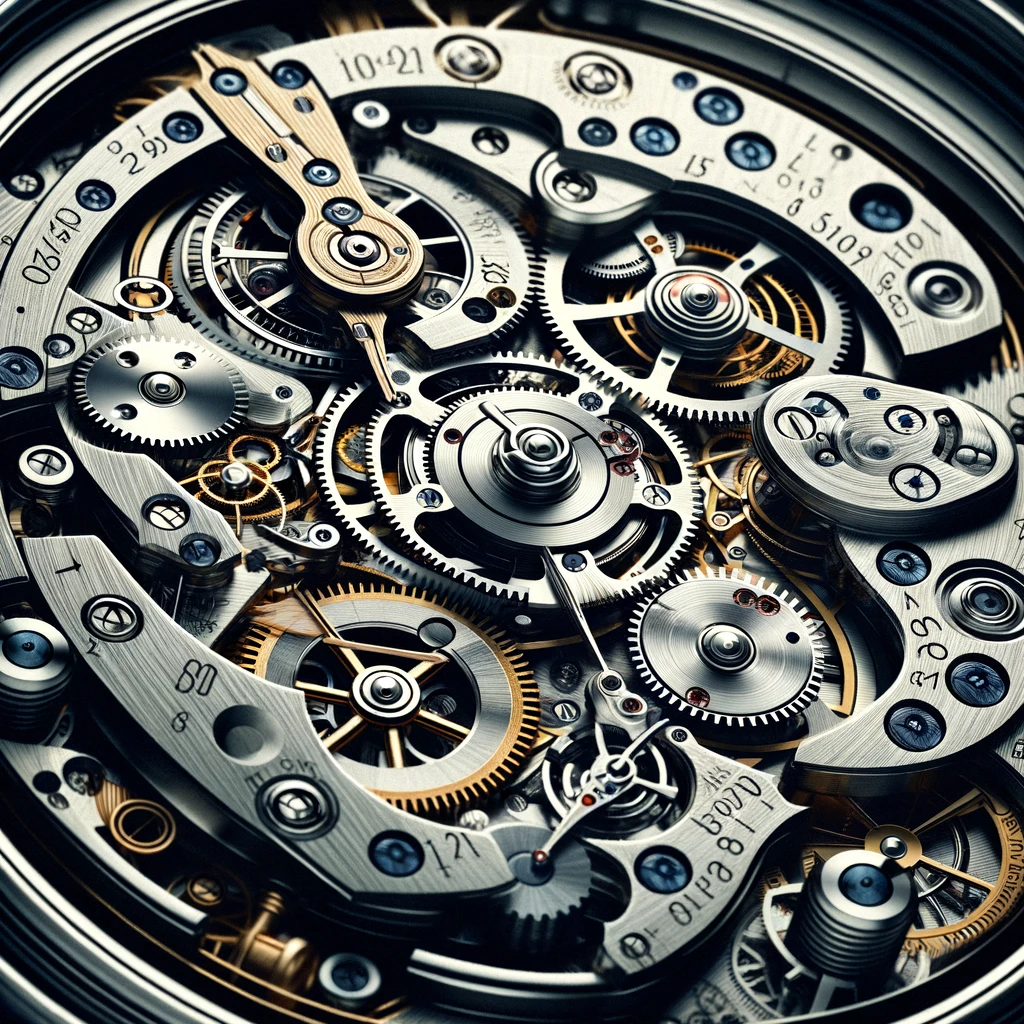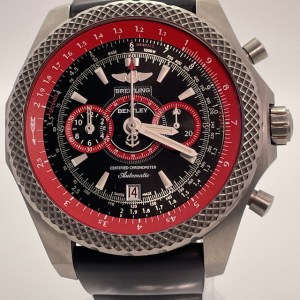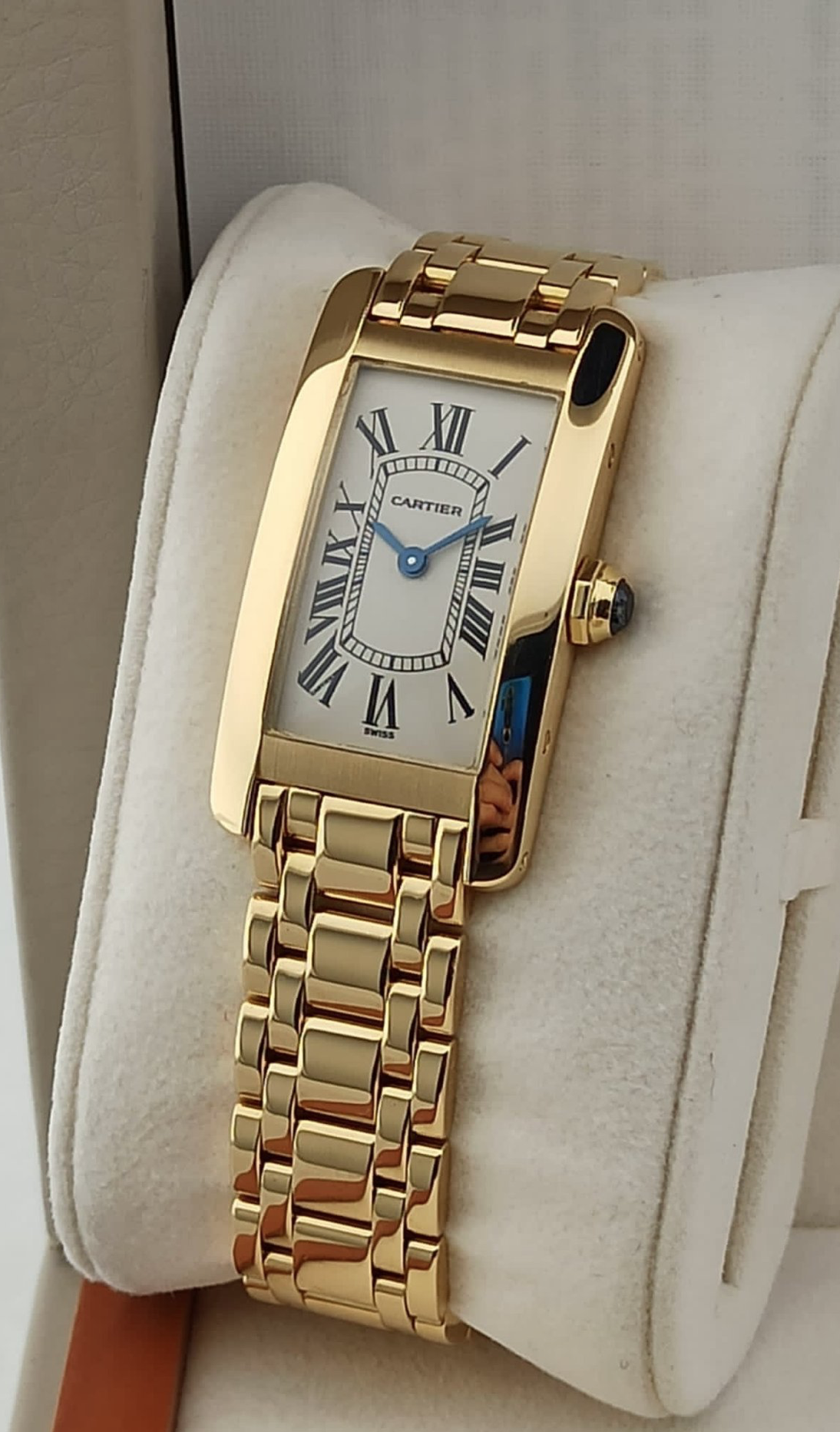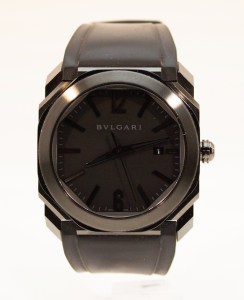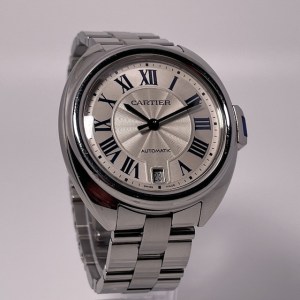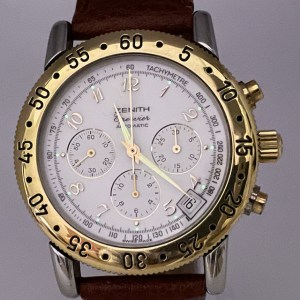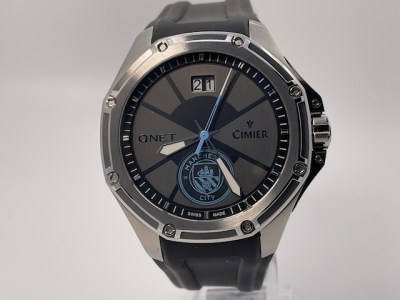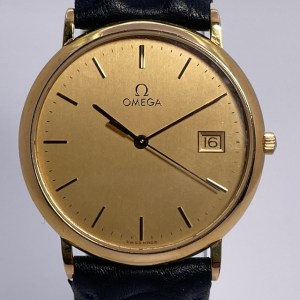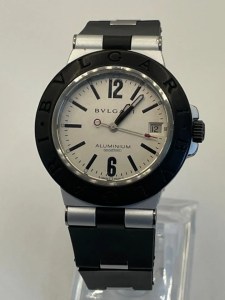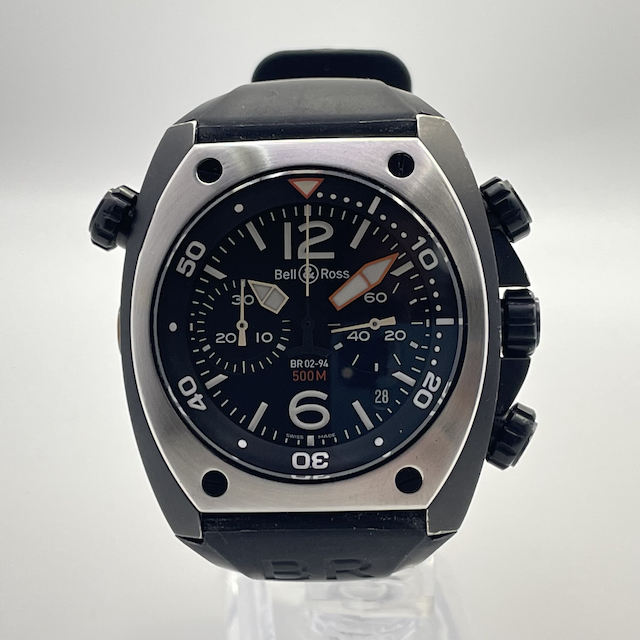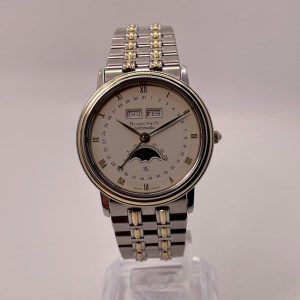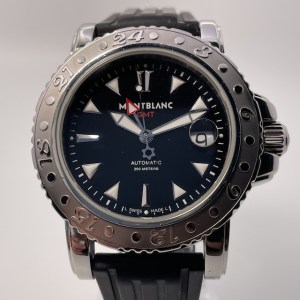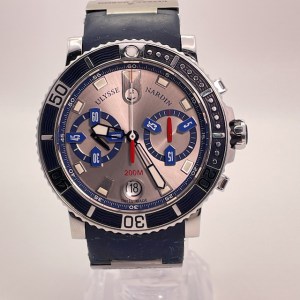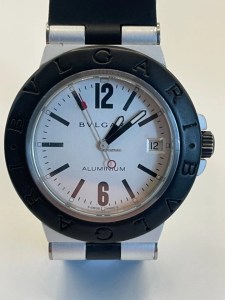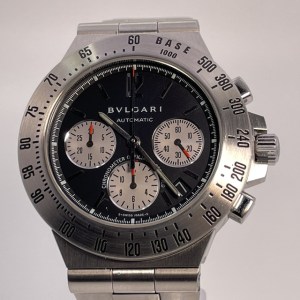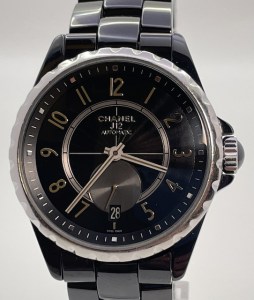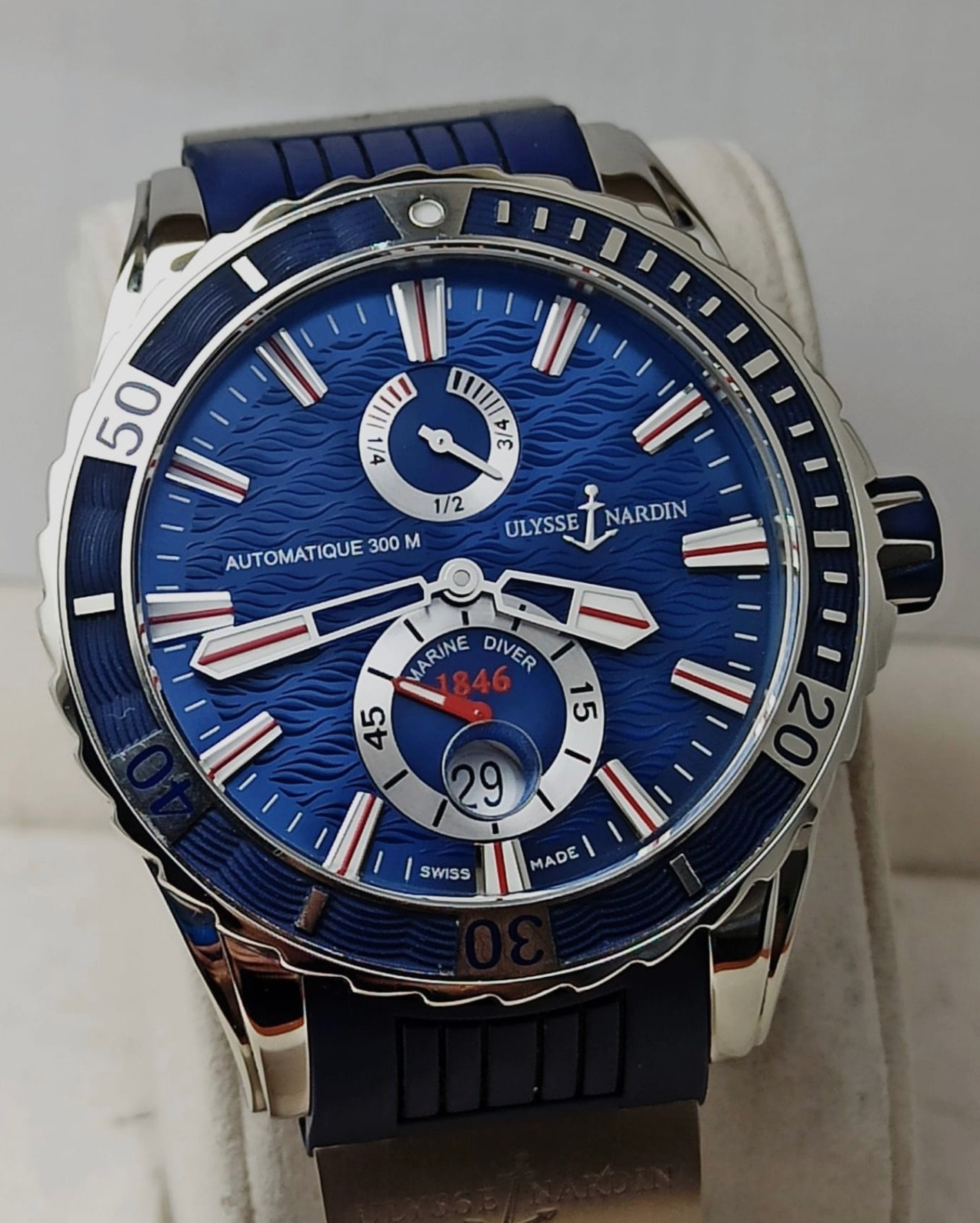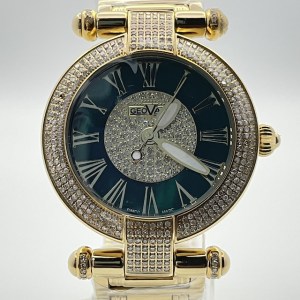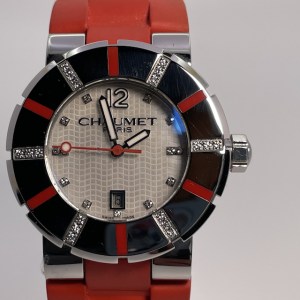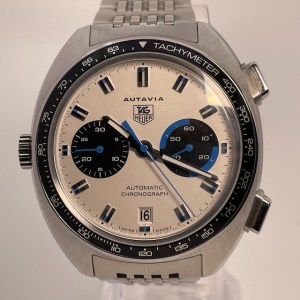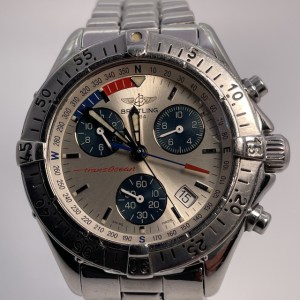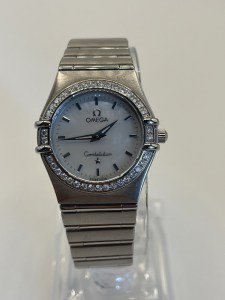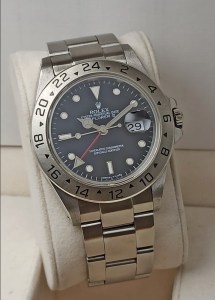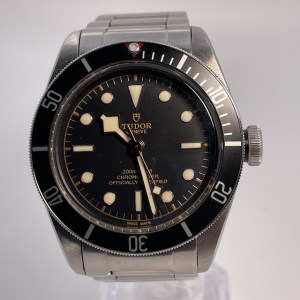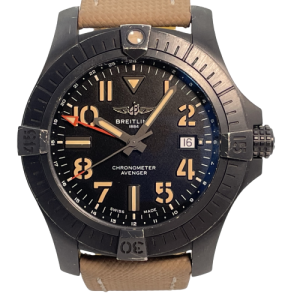The Art of Movements: complications on stage - An introduction to complicated clock movements and functions.
The complications of the watch movements represent the pinnacle of technical genius and design finesse. Chronographs, perpetual calendars and tourbillons, masterpieces of complexity, exemplify not only technical innovation but also artistic craftsmanship. Watchmaking greats such as Breguet and Patek Philippe have created mechanisms that are still defining the industry today. These complications are not just timekeeping instruments, they are now symbols.
In watchmaking circles, "complication" means any function that goes beyond the simple indication of time. These complications represent not only a technical achievement, but also a masterpiece of watchmaking and a revelation of the knowledge inherent in the watchmaker.
Complications are not just functions, they are the meeting of science and art. This blog will briefly describe the best-known complications, how they work, what technological innovations they represent and how they have shaped the watchmaking industry.
Chronograph: the chronograph or stopwatch function allows the measurement of short time intervals. The invention of the modern chronograph is attributed to Henri-Féréol Piguet, who made the first independent stopwatch in 1873. Chronographs are useful for sporting events, scientific experiments and everyday activities.
Perpetual calendar: this complication automatically takes into account the length of the months and leap years, so the clock shows the date accurately over centuries. One of the first perpetual calendar watches was the work of Thomas Mudge in 1762, which revolutionised the way the date was displayed in horology.
Alarm function. This function is particularly useful for organising daily life. This type of clock was further developed by Eterna in 1908, when mechanical alarm clocks were first used.
Tourbillon: Abraham-Louis Breguet created the tourbillon in 1801, which improves the accuracy of a pocket watch by compensating for the effects of gravity on the movement. Tourbillon watches are particularly prized by watch collectors for their intricate construction and artistic craftsmanship.
Striking watches: the movement of a watch is mechanically driven to strike the minute or hour. These clocks became popular in the 17th century, when people could not always see the time, so they were given it in audible form.
These complications show the depth of watchmaking craftsmanship and the technical innovations that have evolved over generations. Designing and implementing such complex functions requires a high level of expertise and precision, and reflects the dedication and creativity of watchmakers.
